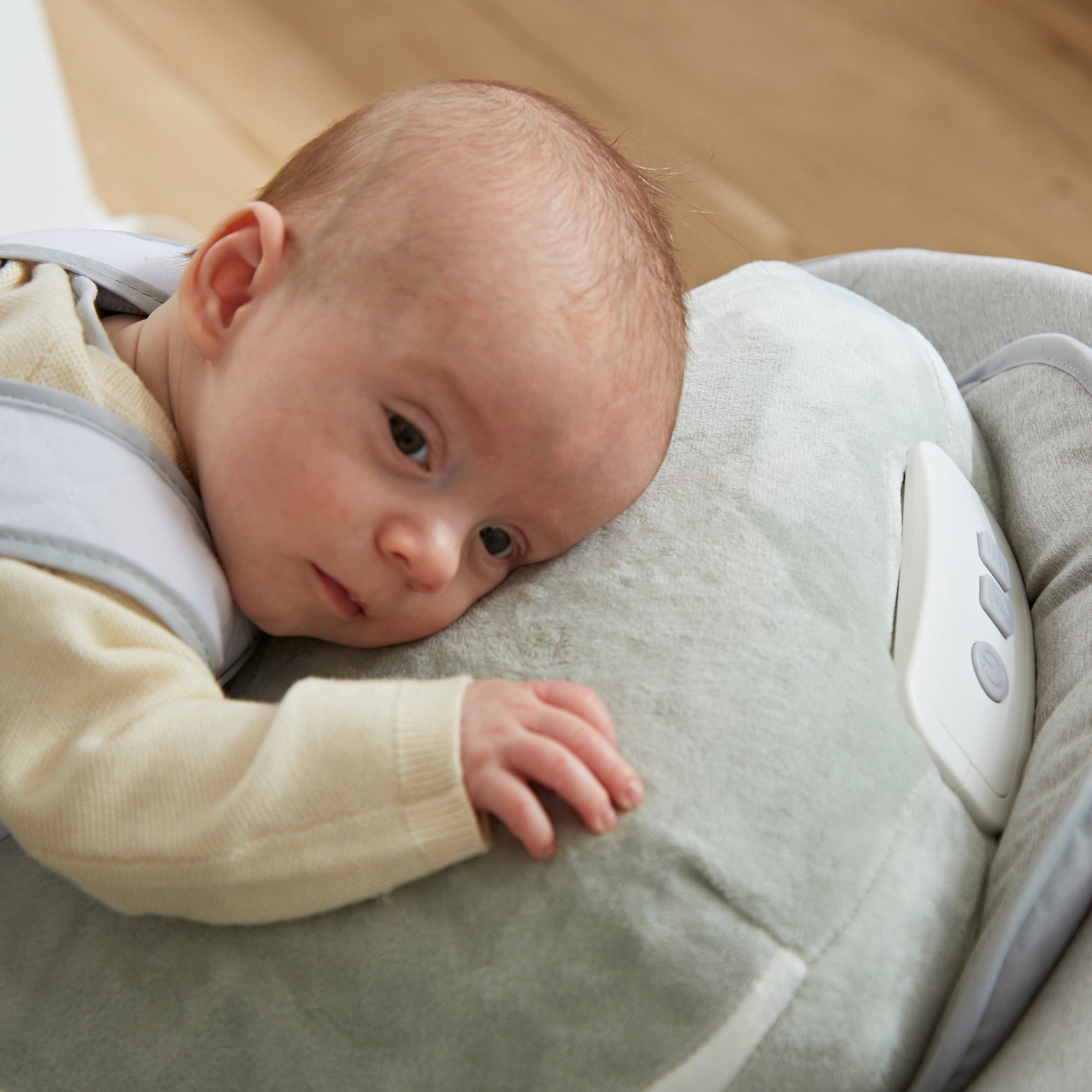As a new mom, it's natural to be fascinated by the myriad of reflexes your baby exhibits. One such reflex that often captures attention is the Moro reflex. Named after its discoverer, Austrian paediatrician Ernst Moro, this instinctive response holds vital clues about your baby's neurological development and overall well-being. In this blog post, we delve into the fascinating world of the Moro reflex, uncover its purpose, discuss its characteristics, and provide valuable insights on how to support your little one through this stage.
Understanding the Moro Reflex
The Moro reflex, often referred to as the startle reflex, is a primitive reflex observed in newborns. It typically manifests as a sudden and brief startle response triggered by a sensory stimulus such as a loud noise, a sudden movement, or a sensation of falling. This instinctual reaction is characterised by the baby's symmetrical extension and abduction of its limbs, followed by a quick contraction and embracing motion. Understanding the Moro reflex is essential for parents, as it sheds light on their child's neurological development and early motor skills.

Purpose and Significance
The Moro reflex serves a crucial purpose in a baby's early development. By triggering the reflex, the baby's nervous system undergoes critical stimulation, which aids in the maturation of the central nervous system. Moro reflex plays a role in honing the baby's fight-or-flight response, helping them react to potential dangers and survive in their environment.
Characteristics of the Moro Reflex
The Moro reflex is typically observed within the first three to six months of a baby's life. Understanding its characteristics can help parents differentiate between a normal response and potential concerns:
- Symmetry: The reflex triggers a bilateral response, meaning both sides of the body react simultaneously.
- Distinct Movements: The Moro reflex involves an initial extension of the arms and legs, followed by a swift retraction and hugging motion.
- Startle Cues: The reflex can be triggered by various stimuli, including sudden loud noises, bright lights, or even a sudden jolt of movement.
- Sensitivity: Some babies may exhibit a more pronounced response, while others may have a milder reaction. Each baby is unique, and the intensity of the reflex can vary.

Supporting Your Baby through the Moro Reflex
As a parent, you can provide comfort and reassurance during episodes of the Moro reflex. Here are some practical tips to help navigate this stage:
- Maintain a Soothing Environment: Minimize sudden noises or movements around your baby, especially during sleep or feeding times.
- Babocush Comfort Cushion: The Babocush Comfort Cushion helps to minimize the startle reflex in young babies by holding them in a more natural position, lying on their tummy with their head, torso and legs in contact with the cushion.
- Gentle Handling: Use slow and deliberate movements when picking up or putting down your baby, reducing the chances of triggering the reflex.
- Babocush Ergonomic Bouncer: This is a great option for reducing your baby’s startle reflex. Its natural bounce can help soothe anxious babies and create a more calming environment, while its engaging design allows your little ones to play with toys and interact with you while they do so.
- Swaddling: Wrapping your baby snugly in a soft blanket can provide a sense of security and help lessen the startle response.
- Establish a Routine: Creating a consistent daily routine helps your baby feel secure and decreases overall stress levels, potentially reducing the frequency of the reflex.

The Moro reflex is a normal and essential part of a baby's early development. Understanding its purpose and characteristics empowers parents to support their little ones during this phase. By providing a soothing environment and implementing simple techniques like swaddling, you can help your baby navigate this reflex with comfort and ease. Remember, each baby is unique, so embrace the journey of discovering what works best for your child. Cherish this time of growth and development, and celebrate the marvels of your baby's journey into the world.


